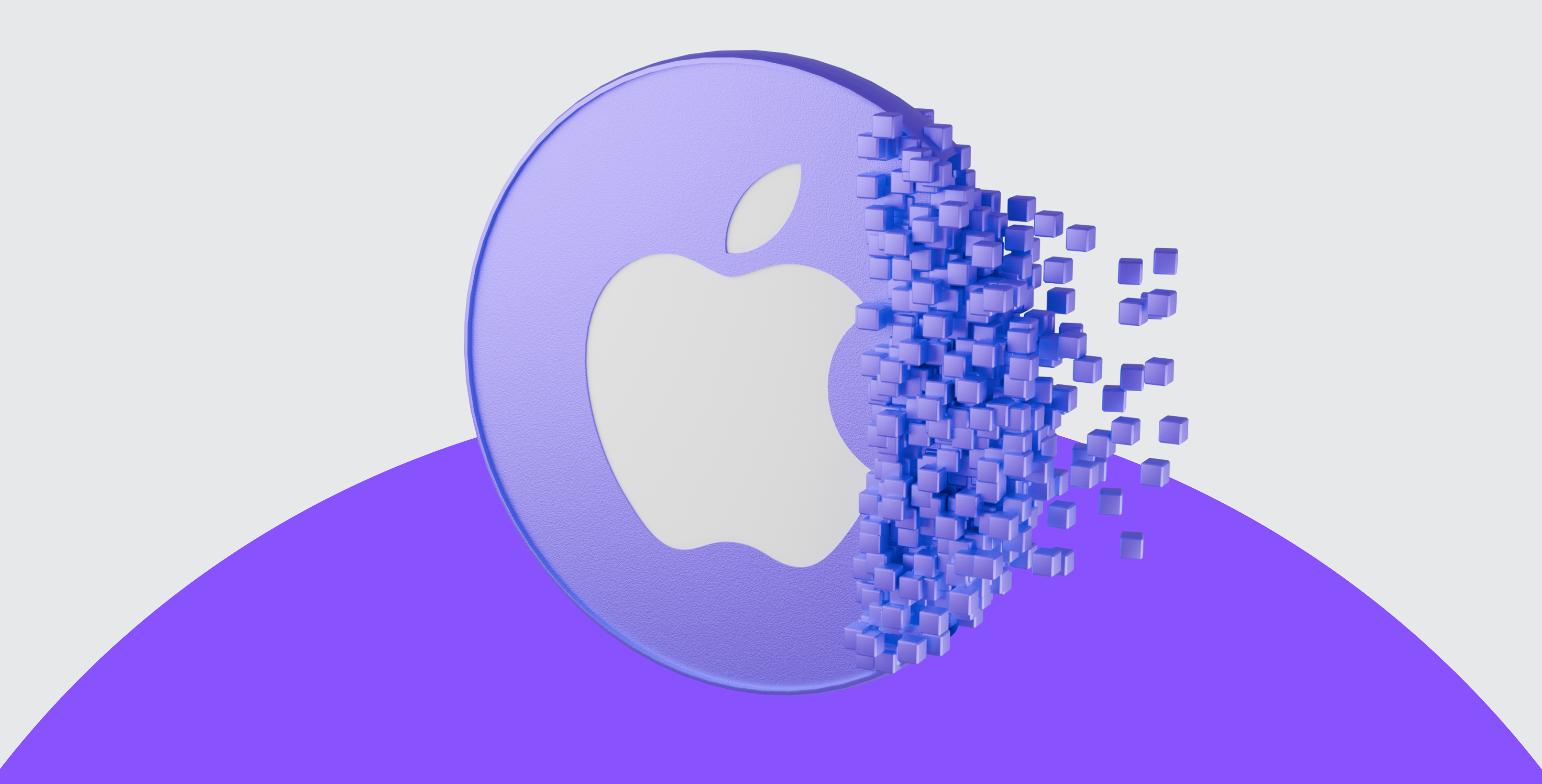Debunking Myths About Ethereum

Because at Altify, we believe that the Friday 13th is a great day full of good luck, we want to shed some knowledge about one of the top-performing cryptocurrencies of the moment - Ethereum.
Here we go...
Ethereum does not have errors or failures.
We often hear a common myth about Ethereum being a cryptocurrency that is 100% free from failures or errors. But that is actually not the case. Ethereum, like other blockchains, are not completely impenetrable but are growing in security every day. As the Ethereum network continues to grow at a rapid rate, so too does the security and robustness of the Ethereum network. To date, Ethereum is yet to have a fully compromising attack.
Ethereum has no protection against attacks.
There are three vital elements that form the basis of this protection characteristic: resistance to attack, fault tolerance, and resistance to collusion.
Fault tolerance — decentralised systems are less likely to fail accidentally because they rely on many separate components that are not likely to fail.
Attack resistance — decentralised systems are more expensive to attack and destroy or manipulate because they lack sensitive central points that can be attacked at a much lower cost than the economic size of the surrounding system.
Collusion resistance — it is much harder for participants in decentralised systems to collude to act in ways that benefit them at the expense of other participants, whereas the leaderships of corporations and governments collude in ways that benefit themselves but harm less well-coordinated citizens, customers, employees and the general public all the time.
Like all decentralised networks, Ethereum uses these elements to protect itself and continues to improve its defence against attacks.
Ethereum is fully decentralised
For the sake of this analysis, we’ll broadly define a centralized blockchain as follows: an environment where a single actor, or a handful of actors, can exert unilateral control over the platform’s day-to-day functioning and ongoing development. Under this definition Ethereum, like Bitcoin, is a decentralised network with validators and miners worldwide.
Ethereum is more valuable than Bitcoin.
No. The Ethereum network is currently valued at around +$360.17Bln while Bitcoin is valued at around +$832.65Bln
The Ethereum symbol is a precious stone because it is backed by
precious stones.
This is not the case. Ethereum is not backed by any form of precious stones or gold like substances. The Ethereum symbol, Octahedron, represents the element of Air and is linked to the Heart Chakra, which is the centre for love and compassion.
Nobody knows, but Vitalik Buterin was Satoshi Nakamoto, the Bitcoin creator, and then created Ethereum to have competition.
Unfortunately not. The exact identity of Satoshi Nakamoto is still unknown. Yet, the founder and creator of Ethereum is known and is Vitalik Buterin.
The newest Ethereum upgrade (EIP-1599) makes it fee-free.
This is a misconception about the EIP-1559. Its main function is to make transaction fees less volatile and more predictable by creating an algorithmic model to automatically adjust costs by a factor of 1.125x at most per block. This upgrade will help smart contract developers to better build applications with a more reliable future fee structure.
Under the current blind auction-like system for determining fees on Ethereum, the costs for sending a transaction can skyrocket at a moment’s notice depending on the ups and downs of the crypto markets. Under EIP 1559, fees are regulated to increase and decrease based on the use of block space.
EIP-1559 will make Ethereum’s monetary policy more predictable.
EIP-1559 introduces a fee-burning mechanism that will permanently remove coins from the total circulating supply of Ethereum. The reason for burning the base fee rather than distributing them to Ethereum miners is to ensure there is no financial incentive for miners to artificially congest the network and keep the base fee high. Because of this burning mechanism, EIP-1559 may strengthen a bitcoin-like narrative of limited supply to the investment case for ether. It is difficult, however, to predict exactly how much ether will be burnt over time. If more ETH is burned this way than is issued, it will make ETH deflationary. While this burning is a counterbalance against an ever-increasing ether supply, it doesn’t make Ethereum’s long-term monetary policy more stable, yet it will make it more favourable due to the decrease in inflationary pressures.
Ethereum is the most popular cryptocurrency among big institutions.
While Bitcoin is still the most popular cryptocurrency, Ethereum is definitely catching up and making a name for itself. With the evolution of smart contracts and the world of DeFi, Ethereum is gaining much-deserved popularity from more institutions as time goes on, and these areas continue to grow exponentially.
Ethereum uses more energy to be mined than Bitcoin.
Currently, Ethereum uses less energy than bitcoin to keep its network secure (through mining). Digiconomist estimates that Ethereum miners currently consume around 61 TWh per year, while Bitcoin is around 146 TWh per year. However, the Ethereum 2.0 upgrade to PoS (Proof of stake) will make Ethereum +- 2 000x more energy efficient based on the conservative estimates, which will result in a reduction of at least 99.95% in total energy use.
Cardano, an Ethereum's son, has been created to soon take its father's place in the market.
While no one can truly know this, Cardano is a competitor to Ethereum that is looking at solving a couple of Ethereum’s current drawbacks, such as scalability, high fees and energy consumption. Cardano is currently the 5th largest cryptocurrency.
It is believed that Vitalik Buterin, the Ethereum creator, is an extraterrestrial.
Who really knows? But for the time being, this is believed not to be true…
It is complicated to buy or invest in Ethereum.
Investing in cryptocurrencies like Ethereum has been made easy by many platforms. One such platform is Altify, which makes investing in cryptocurrencies and even crypto bundles as simple as one click. There are no complicated trading graphs or limit orders; Altify just offers the best execution that gets you the best prices at the click of a button.
Now that you know more about Ethereum and looking at the good trend that is having in the market lately, do not miss the chance to know more about signing up for free at Altify.




